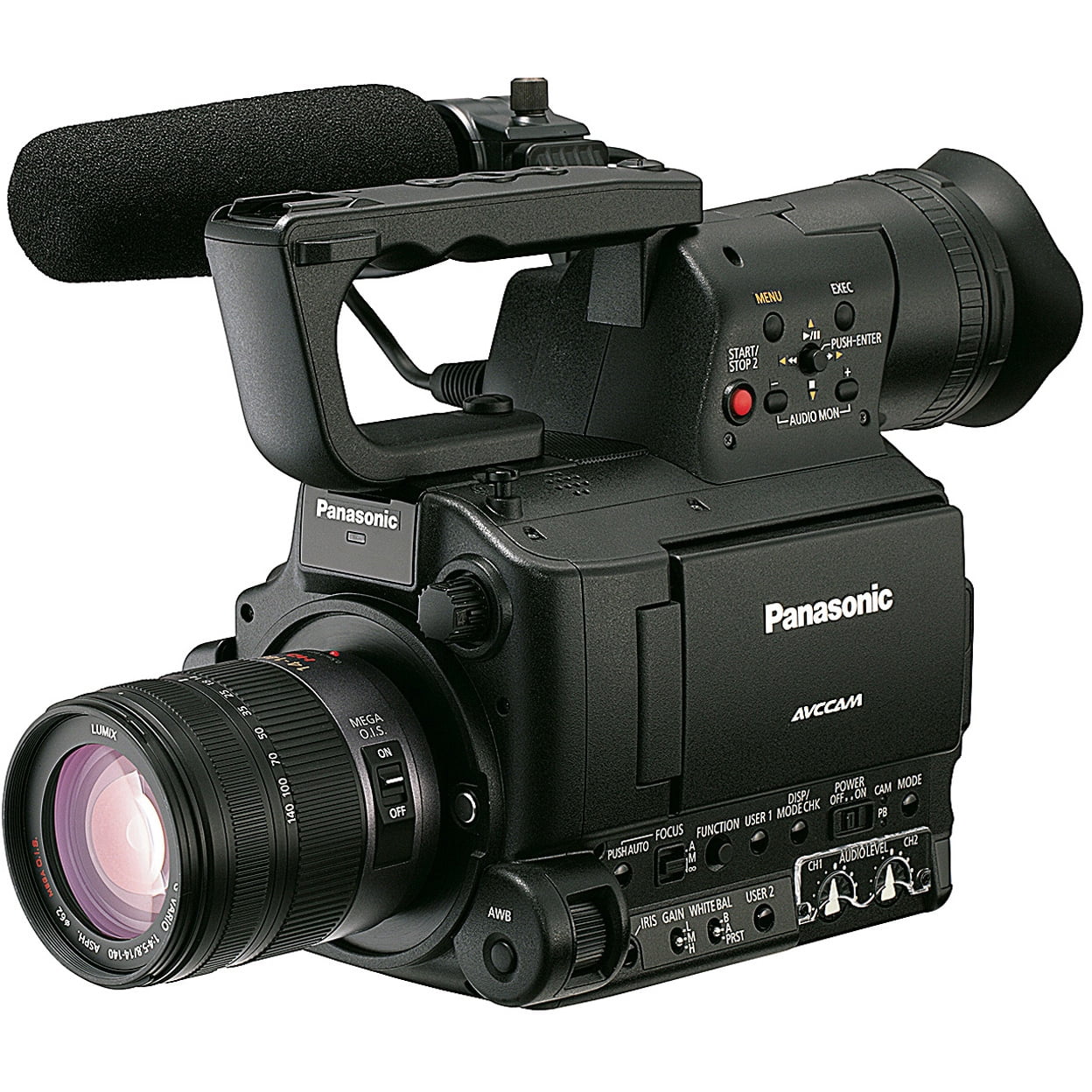

Farmers often use an arbitrary pre-determined schedule to determine when they should relocate grazing animals, instead of assessing the growth rate of their forage. “Rigid schedules reduce the benefit of rotational grazing,” notes the federal agency. Department of Agriculture (USDA) notes that there can be economic benefits for farmers and that soil erosion and agricultural runoff may be decreased along with other benefits, rotational grazing is not always practiced consistently. Yet the benefits of this practice are not entirely certain. “As vegetation of pastures becomes more diverse, multispecies grazing tends to improve composition and utilization,” writes Lee Rinehart for the Cornell Small Farms Program. Some farmers will vary the species that is grazing in an attempt to add biodiversity, considered more effective by small farming researchers if a variety of vegetation is available. In rotational grazing, the part of a pasture being grazed by feeding livestock is varied, so that other areas may be able to recover and regenerate. Though Concentrated Animal Feeding Operations (CAFOs) are quite the opposite of an animal’s natural environment, they are now the reality of life for most farmed animals. The sole purpose of intensive animal agriculture is to feed a growing consumer demand for meat while maximizing profit. While intensive animal agriculture’s proponents claim that it helps to feed the world, food insecurity remains a dire global problem while the industry’s practices take a devastating toll on animals and the environment. They will not walk on soft grass, live among their families, care for their young or graze for food. Most will never experience the warmth of sunlight, only artificial light that is sometimes kept on constantly to stimulate growth. Intensive animal agriculture requires massive and highly mechanized farms in which a single shed may contain thousands of animals severely crowded together. While the term “intensive animal agriculture” may sound extreme - and the conditions in which this model of farming keeps animals do indeed inflict extreme suffering - this style of farming is also becoming the norm.


 0 kommentar(er)
0 kommentar(er)
